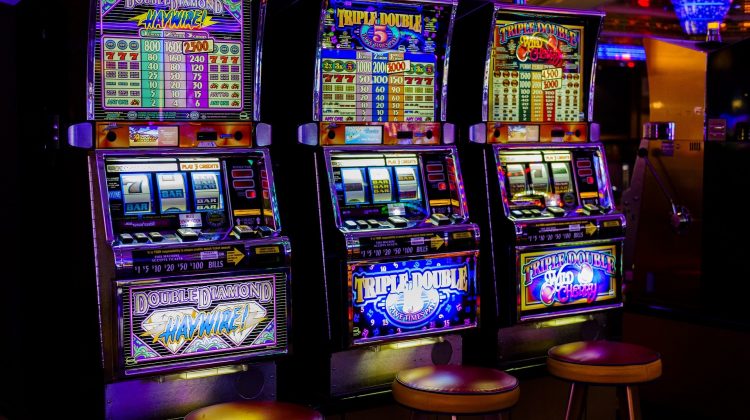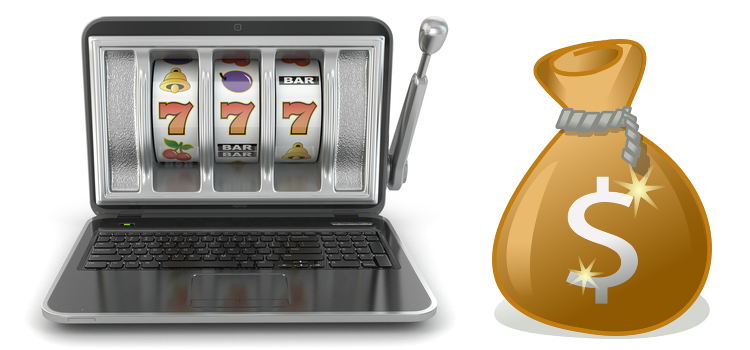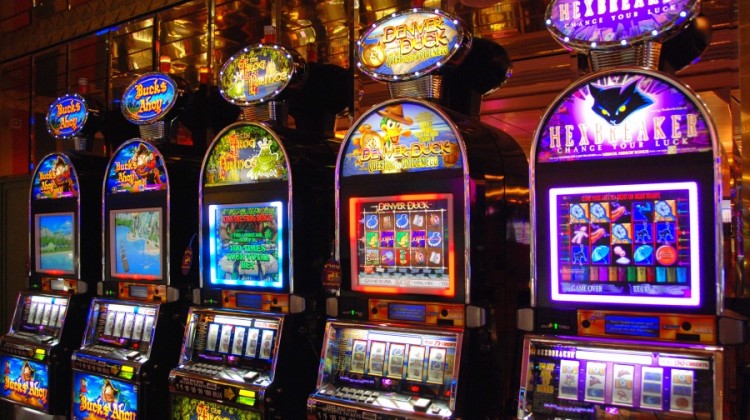Fascination with games of chance and speculation on the results of repeated random trials appear to be common to almost all societies, past and present. It is temp е ing to view prehistoric existence as a continual series of gambles against nature with the ultimate stake, survival, as the nonnegotiable wager. With nature somewhat under control and a relatively predictable daily routine assured, the necessity to gamble is relieved. Some of the newly found leisure is used to recapture, act out, and celebrate those breathtaking earlier times.
The above is certainly a plausible scenario for the origins of games and gambling (and. for that matter, of art, poetry, politics, sports and war). While historical and archeologi с al evidence does not currently exist to support fully claims that gambling is a human instinct, the fact remains that gambling arose at a very early time and continued to survive and flourish despite legal and religious restrictions, social condemnation, and even very unfavorable house odds.
An early form of our six-faced die, found commonly on Assyrian and Sumerian archeologi с al sites, is the astragalus (the bone just above the heel bone) of sheep, deer, and other animals of comparable size. Babylonian and early Egyptian sites (circa 3600 bce) provide clear evidence that polished and marked astragali were used along with colored pebbles (counters and markers) and a variety of game-type “boards.” A suitably chosen astragalus will fall with four possible orientations, making it a natural gaming device or randomizer. The fact that the orientations do not occur with equal like lihood and that each astragalus has different randomizing characteristics would have discouraged any general theory and analysis of its behavior. This has also been cited by some (and discounted by others) as one reason why even a primitive body of ideas on probability did not emerge in ancient times. Inevitably, the astragalus gave way to increasingly true versions of the modern six-faced die. but not without a number of offspring such as throwing sticks, other regular and irregular polyhedral dice, and various forms of purposely loaded and unfairly marked dice. By the time of the birth of Christ, humans find themselves well endowed with randomizers, board games, and the will and imagination to design and play an endless variety of additional games.
As F. N. David states in her book Games, Gods, and Gambling,
The idea of counting and enumeration is firmly established but not the concept of number as we know it now. The paraphernalia of chance events lias been organized for man’s pleasure and enter tainment. Randomization, the blind goddess, fate, fortune, call it what you will, is an accepted part of life.
Playing cards appeared in Europe around the tenth century and their evo lution has a colorful history. Especially interesting is the origin of the four suits and the royal succession of historical figures represented as particular jacks, queens, and kings. Having touched upon the beginnings of dice and cards, two staples of modern day gambling, we summarize in Table 1.1 data for other well known randomizing devices, some of the games played with them, and various other gambling activities common today. Since our overall interest is not simply in aspects of gambling but in the mathematics of practical and theoretical game situations, we also include information on games of pure skill (no randomizing factors involved) and on the theory of games.
With a variety of reasonably accurate randomizing devices and a newly emerging theory of probabilities to analyze them, gambling acquired new status in the seventeenth century. Indeed many of the finest scientific and philosophical minds of the times were excitedly engaged in discussing practical and theoretical problems posed by gaming situations. Cardano wrote The Book on Games of Chance in about 1520, though it was not published until 1663. Pascal and Formal engaged in their famous corre spondence on probability and gambling questions in 1654. In 1658 Pascal proposed his famous wager (discussed in Chapter 2), which can be viewed as a game theoretic approach to the question of belief in God. The expec tation concept was introduced by C. Huygens in probability text. Calculating in Games of Chance. Throughout this time Leibniz made philosophical contributions to the foundations of probability. The remarkable development of probability theory in the latter half of the seventeenth century was culminated in Jakob Bernoulli’s Ars Conjectandi (written in the early 1690’s, published in 1713), a brilliant forerunner of the theory, practice, and philosophical complexities that characterize the subject today. All of this scholarly attention and reasoned analysis might be thought to have stripped gambling of its aura of mystery, irrationality and notoriety, but the nature of the beast is not to be underestimated. Fortunes continued to be won and lost, bets were placed on both sides of games fair and unfair, and officialdom was as zealous as ever at restraining the wagers of sin.
The situation today has evolved in somewhat predictable fashion. People gamble on a vastly increased variety of games, most of whose optimal strategies and odds have been analyzed completely on paper or to a high degree of approximation on digital computers. Gambling is still controlled and in varying degrees illegal in most countries and frowned upon by most religions. Nonetheless, large and lucrative gambling meccas have sprung up in Nevada, Monte Carlo. Atlantic City, and increasingly many other centers throughout the world. States and countries that restrict private gambling by their inhabitants sponsor a dizzying variety of lotteries and take a healthy cut from the proceeds of racetracks. In virtually all phases of this organized gambling, the odds are soundly stacked against the player, yet masses of people play happily, compulsively, poorly, and well. On the local level bridge and backgammon clubs flourish, often with master points and pride rather than money at stake. Church groups sponsor bingo days and Las Vegas nights (for worthy causes) with consistent success. Poker games (private, televised, or online), office pools, and organized sports betting are widespread. Mixing in with all of this and increasing dramatically, Internet gambling (with revenues estimated at 4 billion dollars in 2003) is readily available from sources all over the globe.
In summary, the phenomenon of gambling is ubiquitous, recognizing no geographic, social or intellectual boundaries. Its mystery and appeal are a somewhat random mixture of superstition, excitement, hope, escapism, greed, snobbery, and mathematical fascination. Gambling is a vital part of some lives and an important sideline for many others. It is in some cases destructive and potentially addictive, and in others a delight and a diversion. Gambling is, in mild forms, an almost universal childhood activity. Its play is characterized by extremes of rationality, rationalization, and irrationality. It is a serious, large, and growing business. Gambling, with all of its diverse, paradoxical, and fascinating qualities, is here to stay.
By sas_colen.brad
This selective history of gambling provided by RoomReview.net – online Texas Holdem poker guide.
Submitted by: Super Article Submitter











No Comment